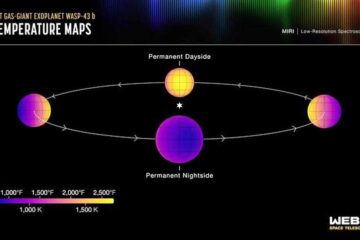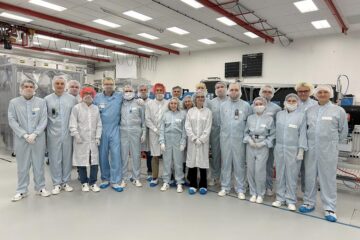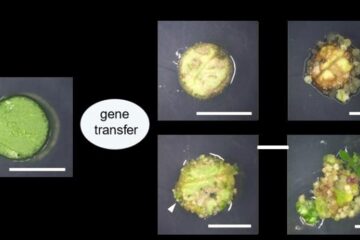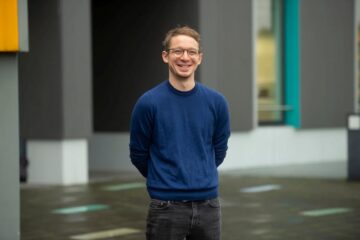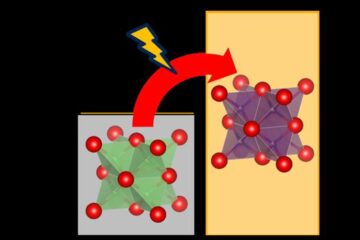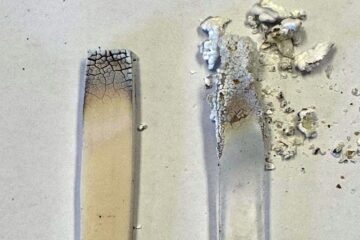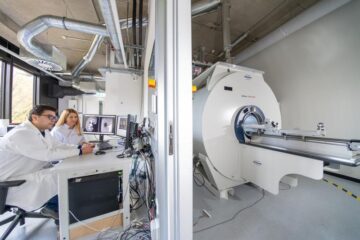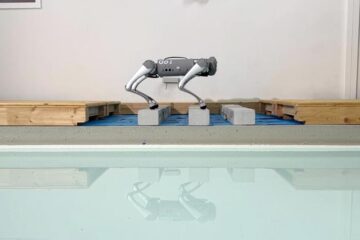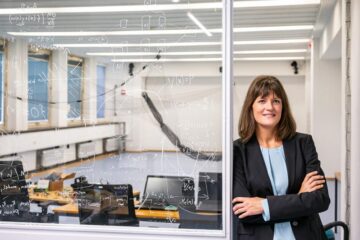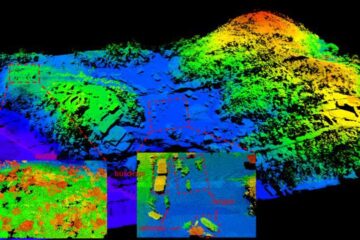Latest News

Mongolian road threatens last great over-land migration of Asian wildlife
An immense grassland in Mongolia – an area likened to the long-gone prairies of the American West, complete with staggering migrations of hundreds of thousands of animals – is threatened by a proposal to build a road through its center, according to scientists with the New York-based Wildlife Conservation Society.
The road proposal is part of the “Millennium Highway,” which plans to connect Mongolia to China and the Russian Far East. The current version of the plan calls for de-gazetteing al

A multitude of exciting new applications in chemistry
Scientists at the University of Leicester are on the way to solving a problem that has long beset chemists trying to study chemical reactions.
To establish reaction mechanisms the observation of reaction intermediates is vital, but they are incredibly short-lived under normal conditions, and therefore difficult to detect. Freezing the reaction – known as matrix isolation – has been employed for many years, but produces rigid solids in which molecules are trapped and therefore motionle

First US-built Component for Large Hadron Collider
In a milestone for global science collaboration, CERN took delivery today of the first US-built contribution to what will be the world’s highest-energy particle accelerator. The superconducting magnet, built at the US Brookhaven National Laboratory will become a key component of the Large Hadron Collider (LHC).
It is the first of several advanced accelerator elements the US will provide for the LHC under the terms of a 1998 agreement between CERN and the US Department of Energy (DOE)

Boning up on bone loss
Binghamton University researcher fractures myths around osteoporosis
Osteoporosis is not a disease, and neither weight-bearing exercise nor calcium supplements-not even a combination of the two-is capable of triggering the growth of new bone, says Kenneth McLeod, chair of the bioengineering department at Binghamton University and a leading researcher in the field of tissue development, healing and adaptation.
But don’t throw in the towel and plan your wardrobe and life a

Virus Attack with Molecular Trojan Horse
In the latest January 10th issue of Cell, a discovery is published by Barends et al. of Leiden University about the artful way by which an infecting plant virus succeeds in conquering the protein factories (ribosomes) of a host cell for subsequent enforced production of viral proteins. To this aim, the virus uses a molecular ’Trojan Horse’ mimicking the shape of transfer RNA, the regular molecular ’van’ for the delivery of amino acids as protein building-stones into those factories.
In the

Iron supplements help anemic children even if they have colds
In a recent study, giving iron supplements to anemic children when they have a cold or other upper respiratory tract infection (URTI) significantly improved their iron status without increasing stomach upset or other side effects, says a Penn State nutritionist.
Dr. Namanjeet Ahluwalia, associate professor of nutrition and principle investigator on the research team, says, “Because of conflicting results from previous studies, physicians preferred to be cautious and generally withhold iron

